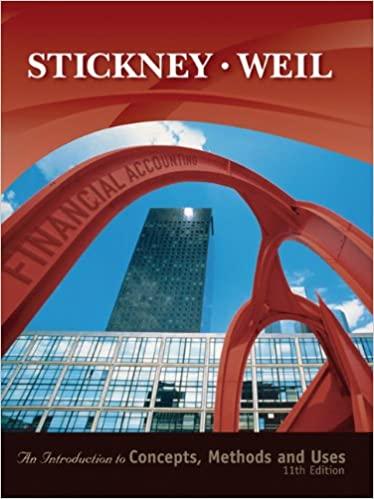




Data Table Work in Process InventoryPlating March 1 balance 33,100 Transferred-in from Shaping 43,200 Direct materials 27,300 Direct labor 25,100 Manufacturing overhead 37,500 The direct materials (rubber pads) are added at the end of the plating process. Conversion costs are incurred evenly throughout the process. Work in process of the Plating Department on March 1 consisted of 1,200 racks. The $33,100 beginning balance of "Work in ProcessPlating" includes $21,600 of transferred-in cost and $11,500 of conversion cost. During March, 2,400 racks were transferred in from the Shaping Department. The Plating Department transferred 2,100 racks to Finished Goods Inventory in March, and 1,500 were still in process on March 31. This ending inventory was 50% of the way through the plating process. Upstate Accessories manufactures auto roof racks in a two-stage process that includes shaping and plating. Steel alloy is the basic raw material of the shaping process. The steel is molded according to the design specifications of automobile manufacturers. The Plating Department then adds an anodized finish. At March 31, before recording the transfer of cost from the Plating Department to Finished Goods Inventory, the Upstate Accessories general ledger included the following account: Click the icon to view the T-account and additional data.) Read the requirements. Requirement 1. Fill in the time line for the Plating Department. (Complete all answer boxes.) Start Complete Complete Requirement 2. Prepare the March production cost report for the Plating Department. Before we can start the production cost report we must first compute the Plating Department's equivalent units. (For entries with a zero balance, make sure to enter "0" in the appropriate cell.) Plating Department Equivalent Unit Computations (Weighted-Average) Month Ended March 31 Flow of Equivalent Units Physical Transferred- Direct Flow of Production Units in Materials Units accounted for: Conversion Costs Total equivalent units Now we will begin the production cost report by completing the first half of the report. Compute the cost per equivalent unit. (For entries with a $0 balance, make sure to enter "0" in the appropriate column.) Plating Department Cost per Equivalent Unit (Weighted-Average) Month Ended March 31 Transferred Direct in Materials Conversion Costs Total Cost per equivalent unit Cost per equivalent unit Complete the March production cost report by assigning the costs to units completed and transferred out and to ending inventory. (Enter quantities first, then the cost per equivalent unit amounts in the same order as calculated in the preceding step. For entries with a zero balance, make sure to enter "0" in the appropriate cell(s).) Plating Department Month Ended March 31 Assigning Costs Transferred- in Direct Materials Conversion Costs Total Completed and transferred out: Ending work in process: Total costs accounted for Requirement 3. Journalize all transactions affecting the Plating Department during March, including the entries that have already been posted. Assume the wages are unpaid. Record the journal entry for the cost of the units transferred in from the Shaping Department. (Record debits first, then credits. Exclude explanations from any journal entries.) Journal Entry Date Accounts Debit Credit Record the direct materials, direct labor, and manufacturing overhead to the Plating Department. Journal Entry Date Accounts Debit Credit Prepare the journal entry to record the cost of units completed and transferred out. Journal Entry Accounts Date Debit Credit











